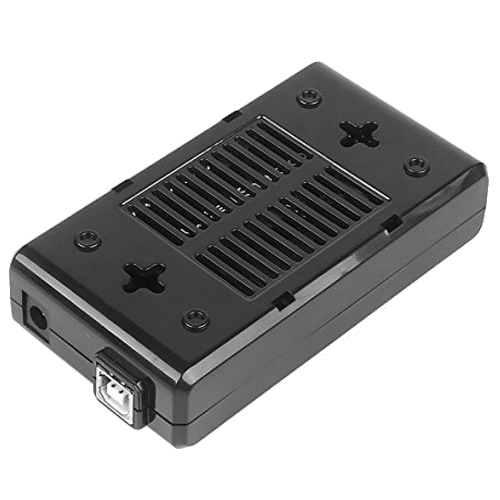


#Arduino switch case code
When a case statement is found whose value matches that of the variable, the code in that case statement is run. Run a jumper wire from the 5-Volt pin of the Arduino to either one of the outside pins. For example, if the button signal goes high three times within 50 milliseconds, the sketch will ignore it and only count the signal after 50 milliseconds. The switch statement accepts an expression and you use multiple cases statements to test an expression against the switch expression. In particular, a switch statement compares the value of a variable to the values specified in case statements. Step-by-Step Instructions Place the potentiometer into the breadboard. If the button signal change lasts longer than a set amount of time, it will be counted as a button press. If the signal bounces within a certain amount of time, the signal will be ignored. To add switch debouncing to a sketch, we need to start a timer when the first button signal change occurs. Using a Schmitt trigger is the most reliable way to debounce a switch, but debouncing with code has the advantage that no extra components are needed. You’ll see that pressing the button once increases the count by multiple digits at a time. To see how switch bouncing affects the counter, bypass the Schmitt trigger by connecting the output of the push button directly to Arduino pin 7. John Baichtal leads you through the fundamentals in an easy to.

#Arduino switch case serial
Once the code is uploaded, open the serial monitor and you should see the numbers count up one at a time with each press of the button. These quick and simple video tutorials are the perfect way to break into the Arduino space. Once the Schmitt trigger is connected, upload this code to the Arduino: int inputPin = 7 The count is printed to the serial monitor. The sketch below reads the signal from the Schmitt trigger and increases a counter by one digit with every press of the button.
#Arduino switch case how to
WhileStatementConditional - How to use a while loop to calibrate a sensor while a button is being read.How to Program a Schmitt Trigger on the Arduino SwitchCase - How to choose between a discrete number of values. IfStatementConditional - Use an ‘if statement' to change the output conditions based on changing the input conditions.

*/ void setup ( ) See AlsoĪrrays - A variation on the For Loop example that demonstrates how to use an array.įorLoopIteration - Control multiple LEDs with a for loop. This example code is in the public domain. A switch statement compares a particular value of a variable with statements in other cases. five LEDs attached to digital pins 2 through 6 through 220 ohm resistors The switch case controls the flow of the program by executing the code in various cases. In Arduino programming the switch case statements are also used to regulate the flow of the code using conditional statements. The characters a, b, c, d, and e, will turn on LEDs. To see this sketch in action, open the Serial monitor and send any character. To choose from among a set of discrete values of a variable. Demonstrates the use of a switch statement.


 0 kommentar(er)
0 kommentar(er)
